How Brazil’s bossa nova became all the rage in ‘60s America
One of America’s first champions of Brazilian bossa nova was Felix Grant. A jazz disc jockey in Washington, D.C., Grant hosted The Album Sound on WMAL. His voice had a soft, sophisticated on-air sound that caught the ear of listeners. Among those tuning into his show in 1960 was Dr. João Oliveira Santos, an economist and head of the International Coffee Agreement, a Brazilian trade group. A fan of Grant’s show, he introduced Grant to his brother, Paulo Santos, a disc jockey in Rio de Janeiro.
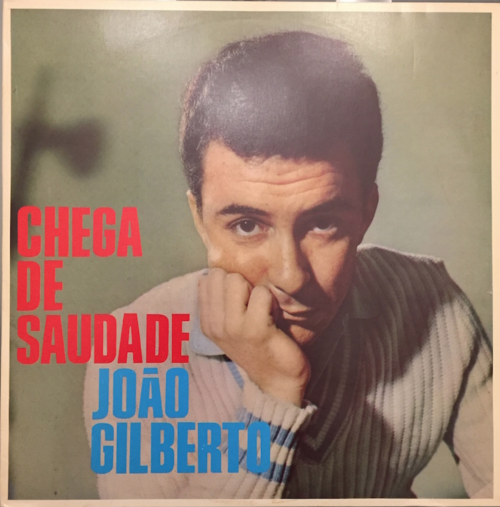
Paulo Santos was in Washington in July visiting his brother shortly after attending the 1960 Newport Jazz Festival. The event had been a disaster. A sizable young crowd descended on the Rhode Island port town and became unruly upon learning that the outdoor concert venue was sold out. The National Guard was called in to restore order. Paulo had brought along records by João Gilberto and may have expected to meet with festival producer George Wein in hopes of persuading him to include Gilberto and other bossa nova artists in the following year’s event.
Enthralled by Paulo Santos after being introduced to him a week later in Washington, Grant invited him on his WMAL show. Grant had him play selections from his Gilberto albums on the air, and the two talked about Brazil’s new music sensation. After Santos returned to Rio, he and Grant stayed in touch and swapped albums, most likely through trade groups that travelled back and forth. In Washington, Grant increasingly featured bossa nova recordings by Brazilian artists on his show. And that’s where it would have ended if the political climate hadn’t shifted.
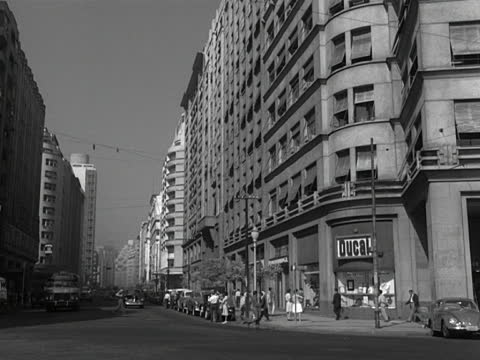
In early 1961, relations between Brazil and the U.S. began to become problematic. Two years had passed since Fidel Castro’s Cuban Revolution, and the U.S. State Department was increasingly worried that Communism would take hold among people in economically strained South American countries. To make matters even more complicated, Brazil’s newly elected president, Jânio Quadros, was trying to seek a delicate balance in trade relations between the U.S. and Eastern Europe.
In January, 1961, when Quadros assumed power, Brazil faced skyrocketing inflation and ballooning foreign debt needed to modernize its economy. To remain independent, Quadros kept his distance from the U.S., a move that set the State Department and CIA on edge. Other South American countries were taking a similar stance. In an effort to avoid confrontations with governments in the Southern Hemisphere and win over populations with American-style democracy, the State Department arranged a 12-week tour of those countries featuring jazz musicians as part of a cultural exchange program.
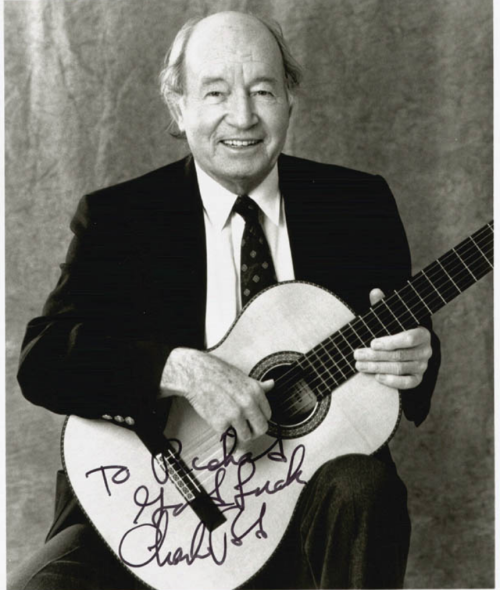
Musicians spread good will, which in turn made the U.S. look more inviting as dominant trade partners and business investors. Dave Brubeck was invited, but his recording and tour schedules prevented him from going. Guitarist Charlie Byrd took his place, accompanied by bassist Keter Betts and percussionist Buddy Deppenschmidt. Also on the performance tour were Kenny Dorham, Curtis Fuller, Zoot Sims, Al Cohn, Herbie Mann, Ahmed Abdul-Malik, Ronnie Ball, Ben Tucker, Dave Bailey, Ray Mantilla and others.
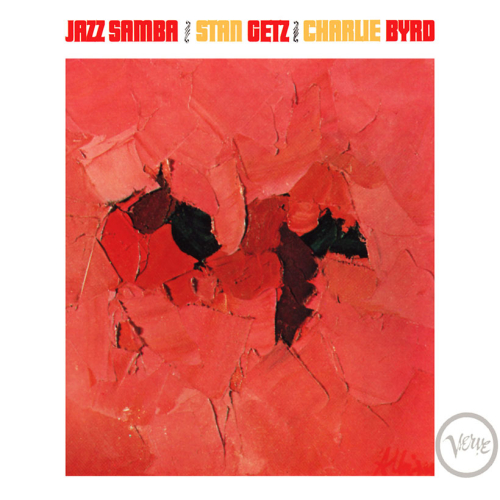
When the tour ended, Byrd, Betts and Deppenschmidt returned to the states loaded with Brazilian bossa nova albums and plans to record a jazz-samba LP. When Byrd approached Creed Taylor, the new head of Verve, Creed suggested that Byrd add Stan Getz, who had just returned from spending years in Sweden. The result was the recording of Jazz Samba in February, 1962, an album that featured Desafinado, which became a huge U.S. pop-chart hit. Later that year, the State Department dispatched another group of musicians on a six-month tour of 23 countries in South America. Paul Winter and Herbie Mann were among them, and each recorded important bossa nova albums in Rio that year.
Here’s how bossa nova’s popularity exploded in the U.S. in 1962, launching a sizable invasion of Brazilian artists:
Here is Desafinado from João Gilberto’s 1959 album, Chega de Saudade, which started it all. Recorded in Brazil for Odeon, it is considered one of the first pure bossa nova albums…
Here’s the Dave Brubeck Quartet in January, 1962, recording Vento Fresco from Bossa Nova USA…
Here’s Stan Getz and Charlie Byrd recording Desafinado from Jazz Samba in February, 1962…
Here’s Herbie Mann recording One Note Samba from his Brazil, Bossa Nova & Blues in late 1961 or early ’62…
Here’s Herbie Mann recording Voce E Eu from Do the Bossa Nova with Herbie Mann in October, 1962…
Here’s Paul Winter recording Journey to Recife in 1962 from Jazz Meets the Bossa Nova…
Here’s Shorty Rogers recording Chega de Saudade in 1962 from Shorty Rogers and His Giants: Bossa Nova…
Here’s Bud Shank in September, 1962, recording Joao from Bossa Nova, Jazz Samba…
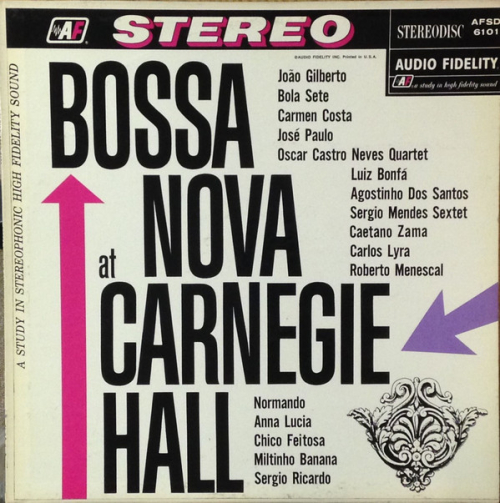
The first bossa nova concert at Carnegie Hall was held on Nov. 21, 1962. It featured all of the genre’s major Brazilian stars. Many would remain for a period as part of the U.S.-Brazil cultural-exchange program and record for American labels, which in turn led a wave of pop singers and instrumentalists to embrace the addictive beat.
By Christmas, 1962, bossa nova was a full-blown rage, and U.S. recording studios were booked with artists recording jazz samba albums. On the jazz side, these included Bossa Nova Carnival: Dave Pike Plays the Music of Joao Donato; Gene Ammons’s Bad! Bossa Nova; Ramsey Lewis’s Bossa Nova; Charlie Byrd’s Bossa Nova Pelos Passaros; Laurindo Almeida’s Viva Bossa Nova and Ole! Bossa Nova; Ike Quebec’s Bossa Nova Soul Samba; Lalo Schifrin’s Piano, Strings & Bossa Nova; Zoot Sims’s New Beat Bossa Nova Vols. 1 and 2; Eddie Harris’s Bossa Nova; Charlie Rouse’s Bossa Nova Bacchanal; Cannonball Adderley’s Cannonball’s Bossa Nova and George Shearing’s Bossa Nova.
Like the blues — an emotional and expressive folk construct from the American South too generic to copyright — the bossa nova beat was also easy to pick up and free from royalty restrictions. The gentle and addictive romantic beat became a backdrop to thousands of recordings, including those by rock artists. For example, in late 1963…
As for poor Brazil, Quadros resigned in the summer of 1961 and João Goulart, his vice-president, assumed power. On April 1, 1964, the Brazilian military launched a coup d’état against Goulart’s left-leaning government, and a military dictatorship ruled Brazil until March, 1985.